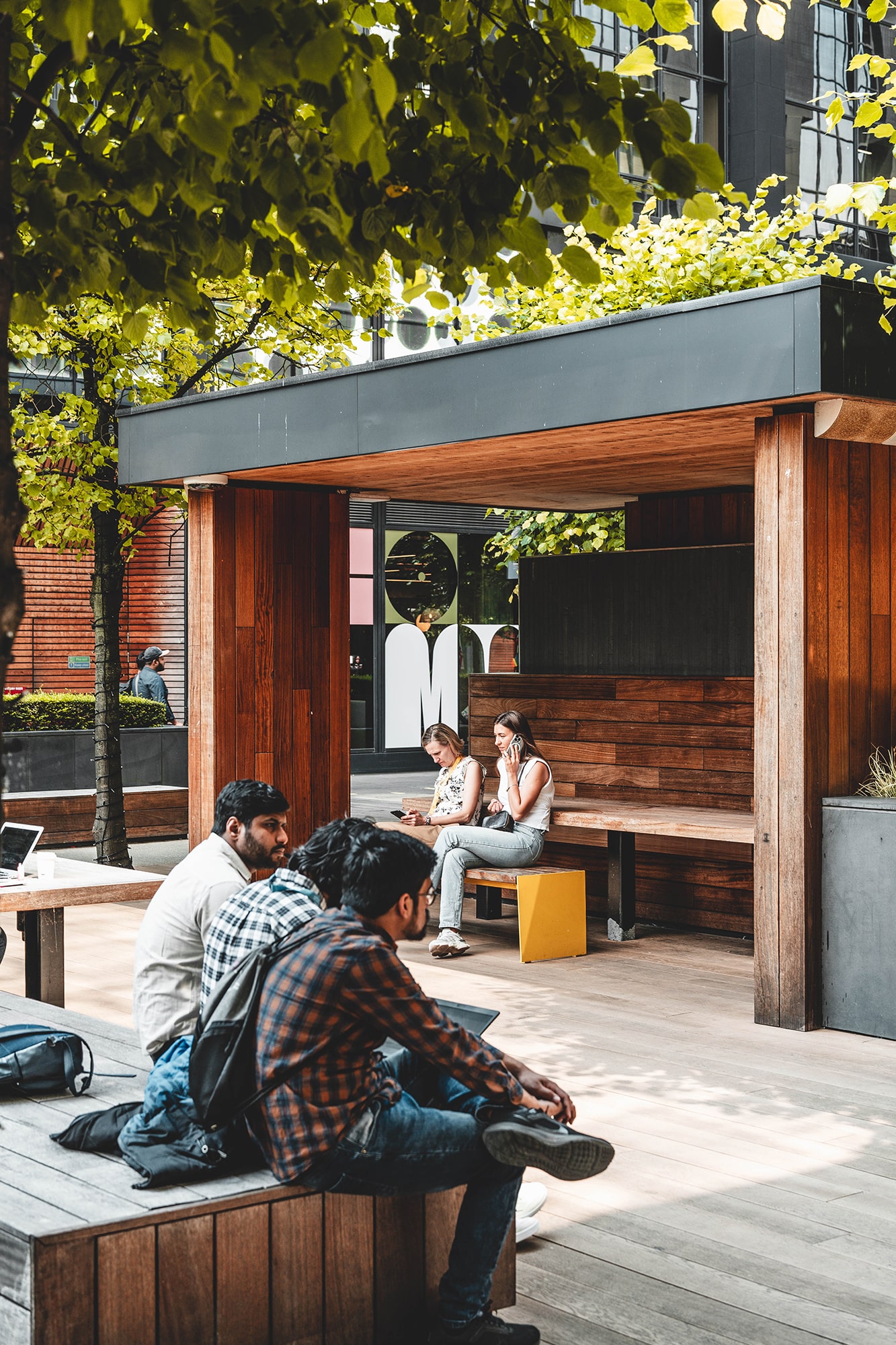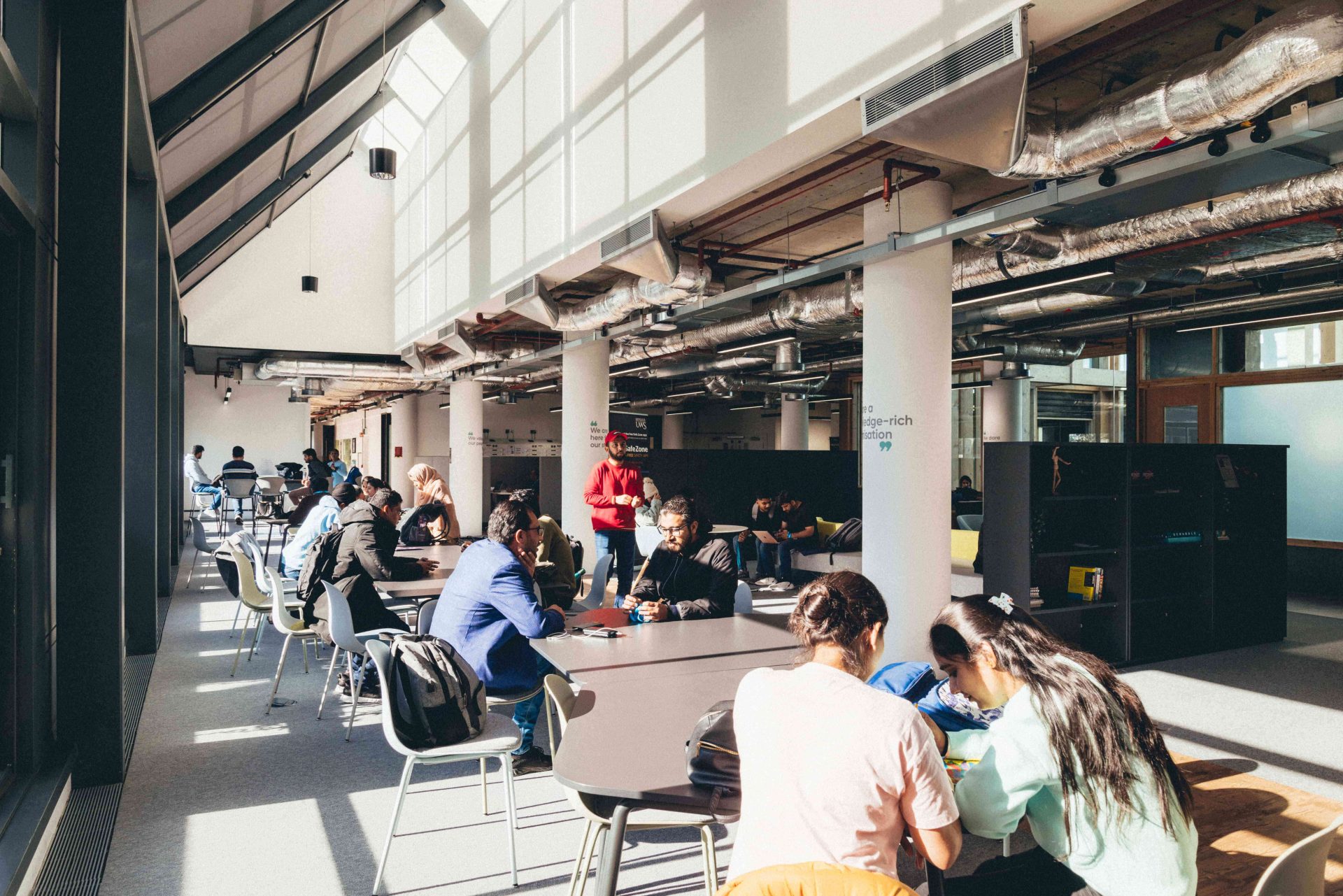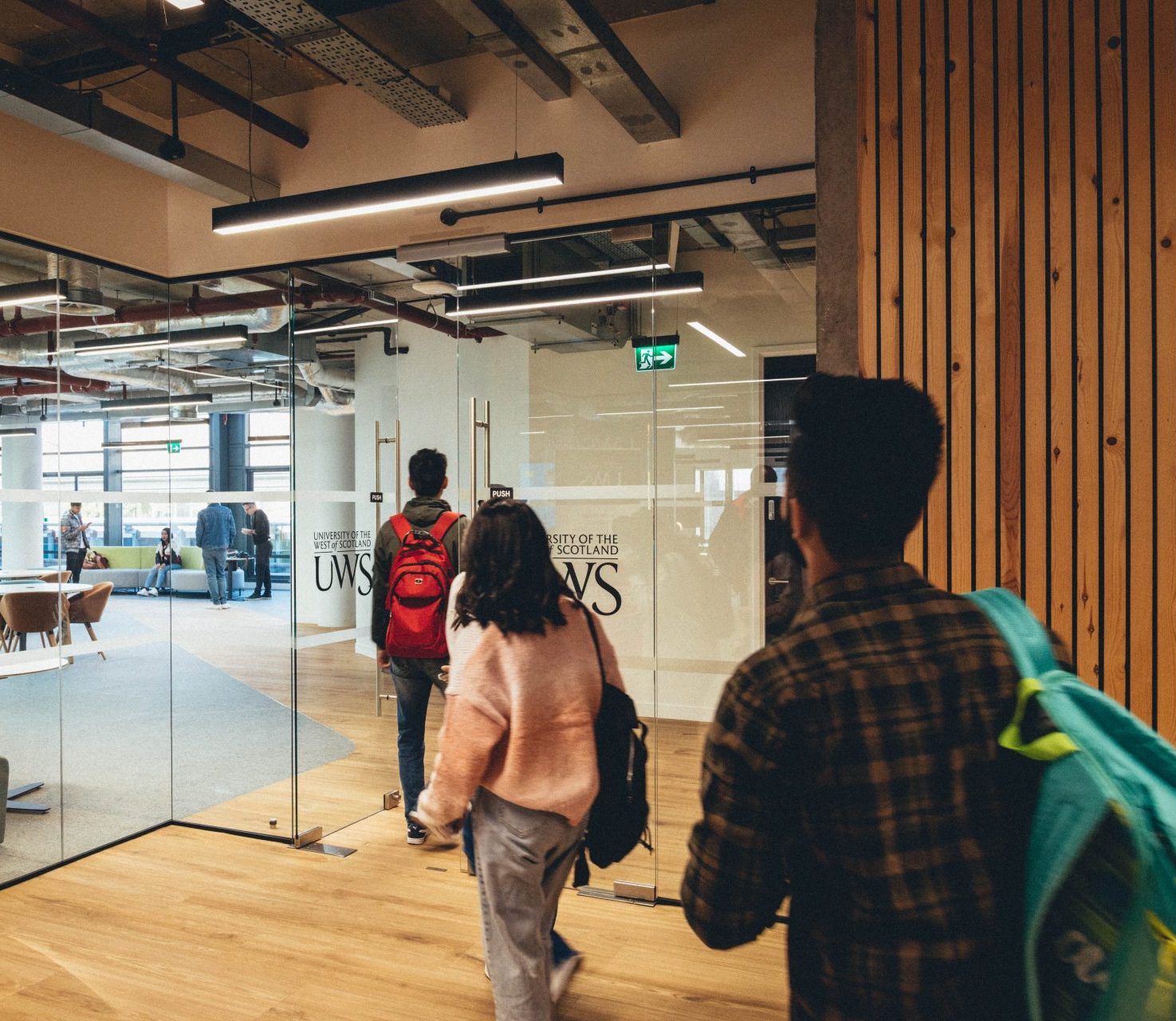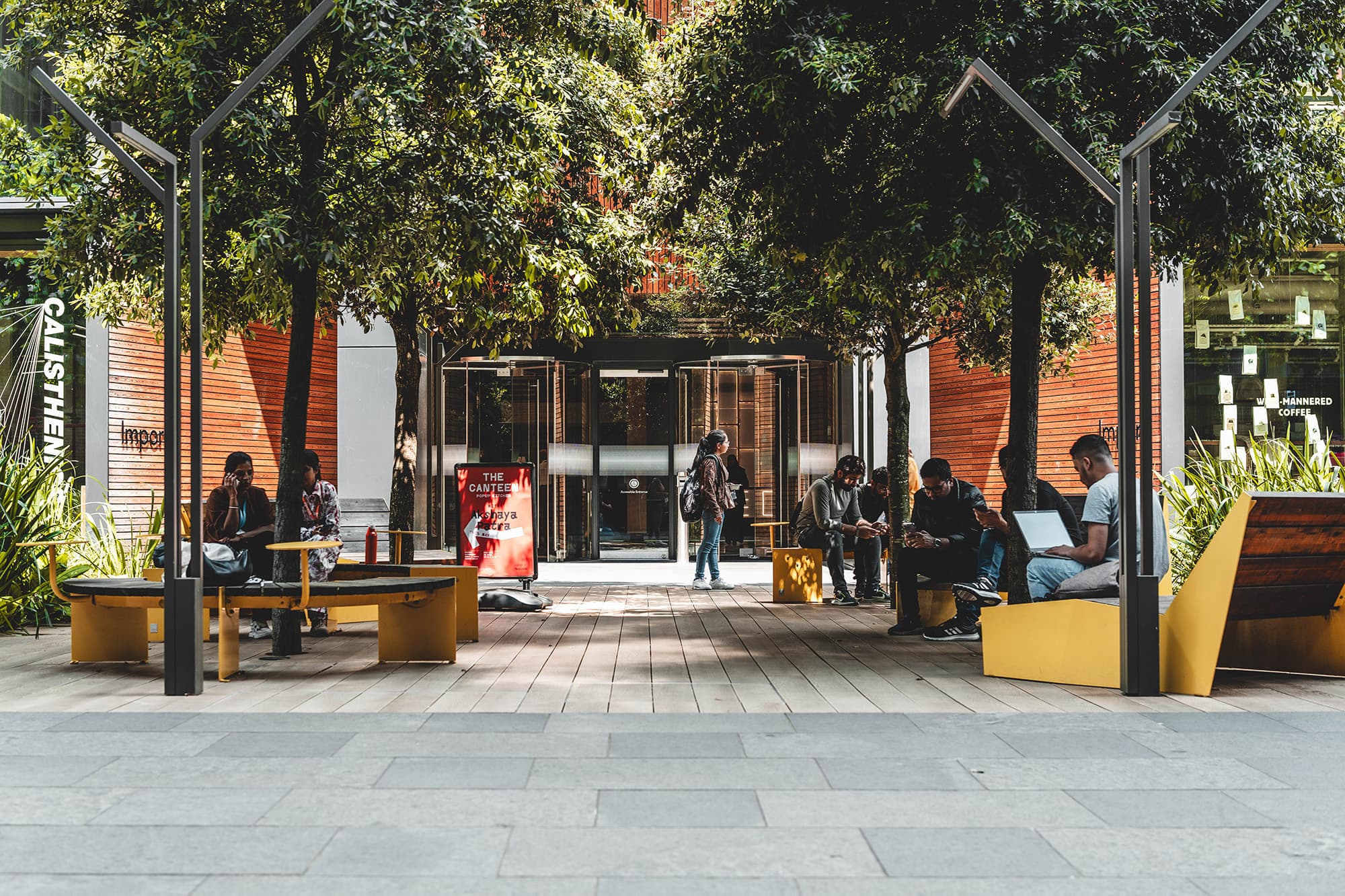25 Jun 2025
by Anne-Marie Payne
At East India Dock, something quietly radical is unfolding. Republic, home to eight universities and more than 15,000 students, is redefining what a university campus can be. It’s a shared, collaborative ecosystem, designed for an era of co-location, open knowledge, and civic ambition.
Trilogy Campus, the team behind Republic’s campus experience, is leading the way through thoughtful design, strategic coordination, and social value innovation. They’re demonstrating that a multi-institutional campus can be both practical and transformative.
The rise of the networked campus
Historically, university campuses were single-institution, place-bound, and often reflected in the name on the gate. But higher education is shifting. More universities are establishing outposts in cities like London, seeking access to global talent, industry connections, and vibrant urban life.
At the same time, co-location is becoming more common. Universities are increasingly choosing to share infrastructure, workspaces, and public realm – creating opportunities for collaboration.
Republic exemplifies this shift. It brings together diverse institutions on a single site, supported by Trilogy Campus, who act as the link between students, academics, businesses, and local communities.

What makes shared campuses work?
Through its work at Republic and The AMP, Trilogy Campus has helped universities adapt to this new reality. Success hinges on several key factors:
- Creating a strong sense of identity in a non-traditional setting
- Designing student-responsive public spaces that encourage belonging
- Navigating operational complexity, from wayfinding to facilities access
- Connecting students across institutional boundaries, reducing isolation
- Leveraging shared infrastructure to enhance student support and programming
At its core, this approach goes beyond co-location to actively foster integration.
Unlocking collaboration and civic value
A shared campus unlocks new forms of collaboration:
- Academic crossover between institutions
- Shared employability events connecting students with industry
- Joint community initiatives that extend the university’s civic reach
Trilogy Campus plays a central role in facilitating this connectivity, through events, partnership brokering, and strategic communications that cut across silos.
The result? A thriving campus culture that feels unified, not fragmented. One where students have access to opportunities beyond their own institution, and where universities can align their civic missions for greater local impact.

Responding to the student voice
The 2024 Republic Student Survey, which gathered 670 responses, reveals what students value about this model:
- A peaceful, modern campus environment (rated 4.6/5 overall)
- Accessible green spaces and outdoor study zones
- Programming that reflects student priorities: career support, inclusion, and community
Yet it also surfaced challenges, especially around navigation, visibility of services, and social connection. Many international students reported feeling disoriented in a multi-university setting.
In response, Trilogy Campus has implemented clear wayfinding systems, digital comms platforms like WhatsApp, and dynamic social spaces like The Common Room. These strategic interventions are designed to make the shared campus feel intuitive and welcoming.
A model for the future of higher education
Republic demonstrates that the shared campus model is not only workable: it represents a bold, forward-thinking approach to higher education. It offers a glimpse into what higher education could look like:
- Responsive: Continuously shaped by student insight
- Place-based: Embedded in the civic life of East London
- Future-ready: Supporting graduate outcomes, industry collaboration, and local regeneration
Rather than competing in silos, universities at Republic are invited to think bigger. To see the value in shared infrastructure, civic integration, and collective identity.

Strategic benefits for institutions
Partnering with Trilogy Campus offers practical advantages for universities seeking to expand or evolve:
- A ready-made ecosystem that fosters collaboration
- Shared infrastructure that reduces costs and duplication
- Civic impact measurement through the THRIVE framework
- An experienced team that manages placemaking, programming, and partnership engagement
This model supports long-term resilience – not just of individual institutions, but of higher education’s role in society.
Conclusion: From shared space to shared purpose
As the Republic development continues to grow, it serves as a live prototype for the next generation of university campuses. One where integration replaces isolation, and shared purpose replaces institutional rivalry.
For students, that means more opportunity. For universities, it means more impact. And for East London, it means an education district rooted in place, people, and possibility.
To explore how Trilogy Campus can support your institution’s strategic goals, contact community@republic.london
Message

